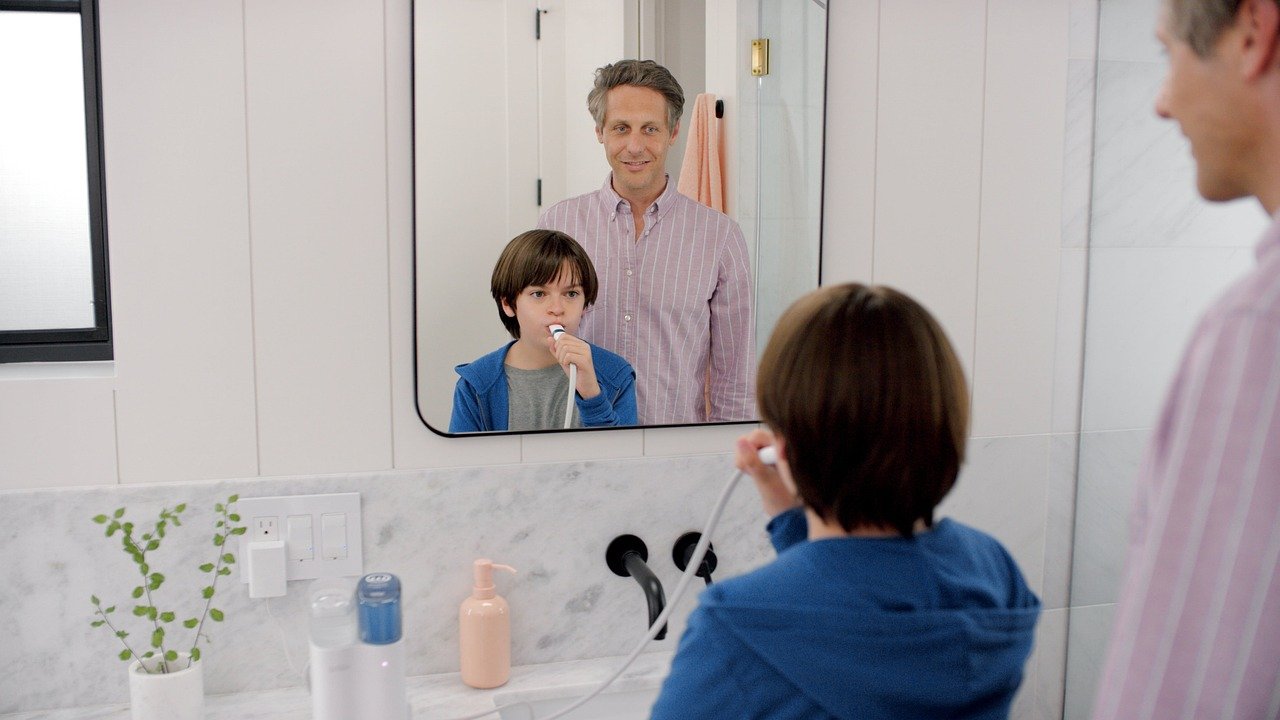Teaching kids good oral hygiene can be challenging, but starting early builds a foundation for lifelong healthy smiles. This guide offers fun and practical strategies to make brushing and flossing engaging and effective for children.
Why Brushing and Flossing Matters
Good oral hygiene is more than just fresh breath and a shiny smile. Cavities, gum disease, and other dental issues can lead to discomfort, expensive treatments, and even health complications when left untreated. By brushing twice a day and flossing regularly, kids can:
- Remove plaque that leads to tooth decay and gum disease.
- Prevent cavities and the need for fillings.
- Develop confidence through a clean, healthy smile.
- Build lifelong habits that promote overall health.
The earlier these habits are instilled, the easier it becomes for kids to carry them into adulthood. Now let’s explore how to make this learning process enjoyable and effective.
Tips and Strategies to Get Kids Brushing and Flossing
Make it Fun with Games and Rewards
Children learn best when they’re having fun. Incorporate games and reward systems to make brushing and flossing an exciting part of their daily routine:
- Brushing Charts: Create a colorful chart where kids can add stickers for every day they brush and floss. Reward them with small treats or privileges after reaching milestones.
- Tooth Time Songs: Play a two-minute song while kids brush their teeth to ensure they’re brushing long enough. This makes the process lively and helps them keep track of time.
- Fun Apps: Use apps that turn brushing into an interactive experience.
Choose Kid-Friendly Dental Products
Using toothbrushes and toothpaste designed specifically for kids can make brushing more enjoyable and comfortable:
- Brightly Colored Toothbrushes: Kids love toothbrushes featuring their favorite cartoon characters or superheroes.
- Tasty Toothpaste Flavors: Many brands offer mild, kid-friendly flavors like bubblegum or strawberry that make brushing less of a chore.
- Floss Picks: Flossing can be tricky for little hands, so introduce floss picks or kid-sized flossers that are easier to handle.
Lead by Example
Kids are natural copycats, so be sure to model healthy brushing and flossing habits:
- Brush and floss with them to show it’s a shared activity within the family.
- Explain why you’re brushing and flossing. Use simple language like, “I’m brushing to keep my teeth clean and strong.”
- Make it a fun family ritual by doing it together each morning and evening.
Use Visual Aids to Explain the Importance
Visual demonstrations can help kids understand why brushing and flossing are essential:
- Decay Demonstrations: Show online videos or pictures illustrating what happens to teeth with cavities and plaque buildup.
- Plaque-Detecting Tablets: Use fun, chewable tablets that highlight plaque on teeth. It turns learning into a hands-on experiment and motivates them to pay attention to those missed spots when brushing.
Engage Their Imagination
Turn brushing and flossing into an imaginative adventure or story:
- Tooth Heroes: Pretend their toothbrush is a superhero fighting off “cavity villains” lurking in their mouths.
- The Tooth Fairy Tale: Talk about how brushing keeps their teeth shiny for the Tooth Fairy who loves clean teeth.
This creative approach builds a positive association with dental hygiene.
Set a Routine and Be Consistent
Consistency is key to forming good habits. Set regular times each morning and evening for brushing and flossing so it becomes an automatic part of their day.
Keep toothbrushes and floss visible and within reach to remind them of the habit. Over time, this daily ritual will feel natural to them.
Overcoming Common Challenges
“I Don’t Like Brushing!”
If your child dislikes brushing, try to understand why. Is it the taste of the toothpaste? The texture of the brush? Adjusting their tools might solve the problem.
“I Don’t Want to Floss!”
Flossing can be difficult for younger kids to manage on their own. Try these approaches to make it easier:
- Use pre-threaded flossers or water flossers.
- Help them develop proper technique by flossing for them until they’ve mastered it.
Collaborate with Your Dentist
Your dentist, especially an affordable dentist like those in Layton, can be a fantastic partner in teaching kids about oral hygiene. Regular checkups not only ensure their teeth stay healthy but also reinforce the importance of brushing and flossing.
- Ask the dentist to explain the benefits of oral hygiene in kid-friendly terms.
- Schedule fun activities after dentist visits to create positive associations.
- Use dental visits as an opportunity to ask questions about the best techniques and products for kids.
Conclusion
Teaching kids to brush and floss is one of the most valuable health habits you can pass down as a parent. With a little creativity and consistency, you can turn this daily routine into a joyful and engaging part of their lives.
READ ALSO: Ida Porges teacher – Her Legacy in Education










